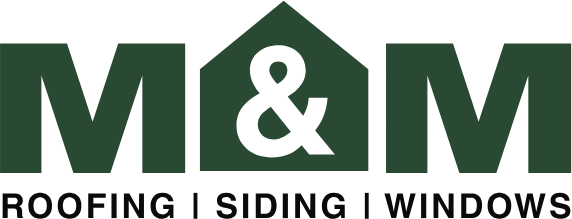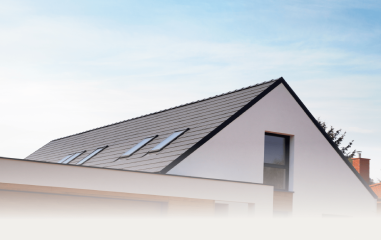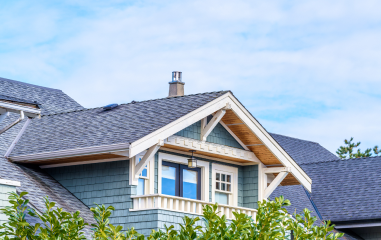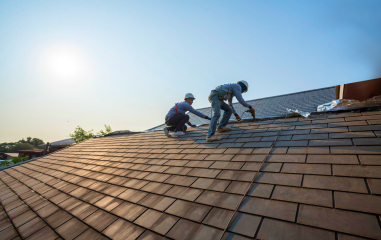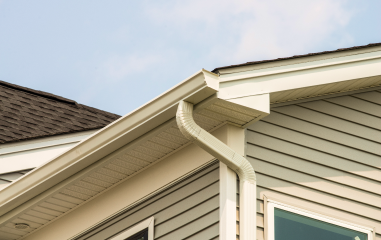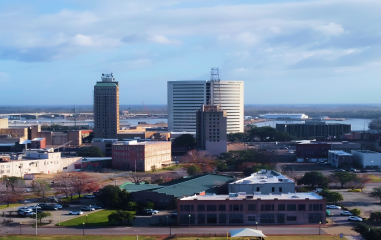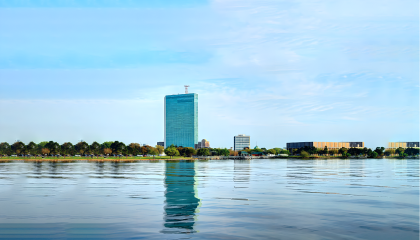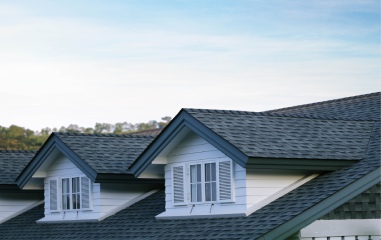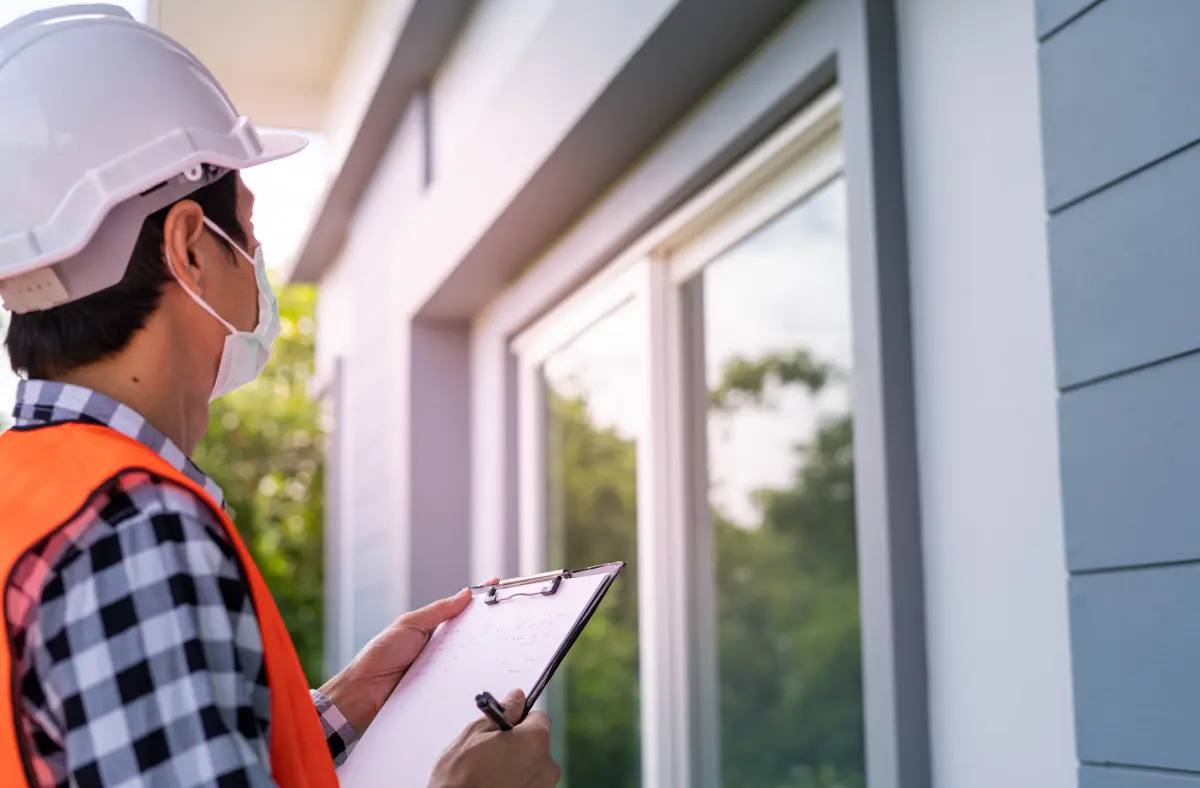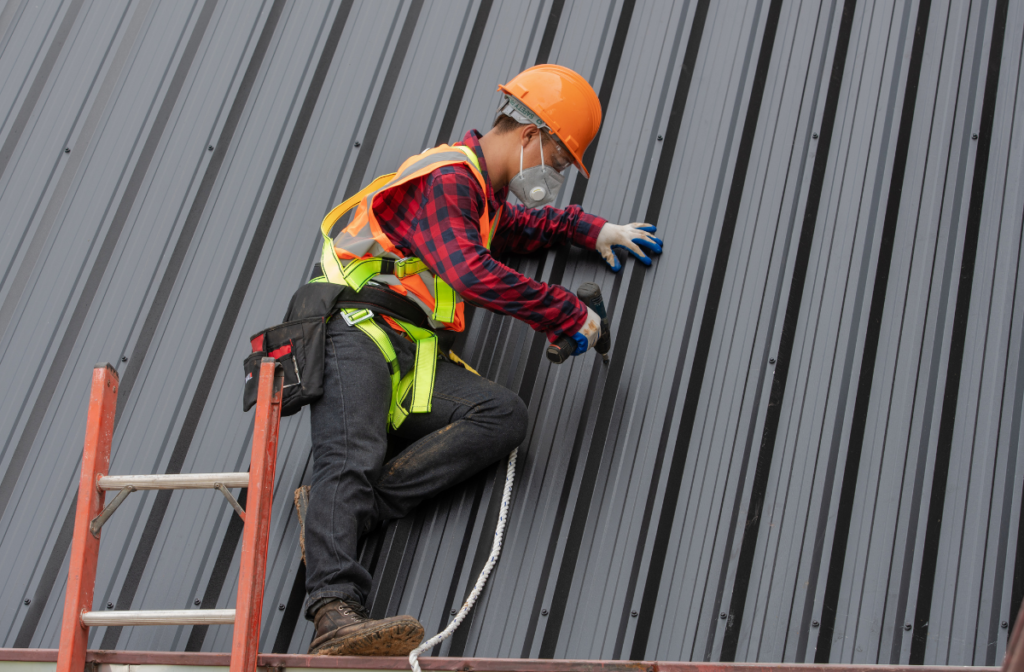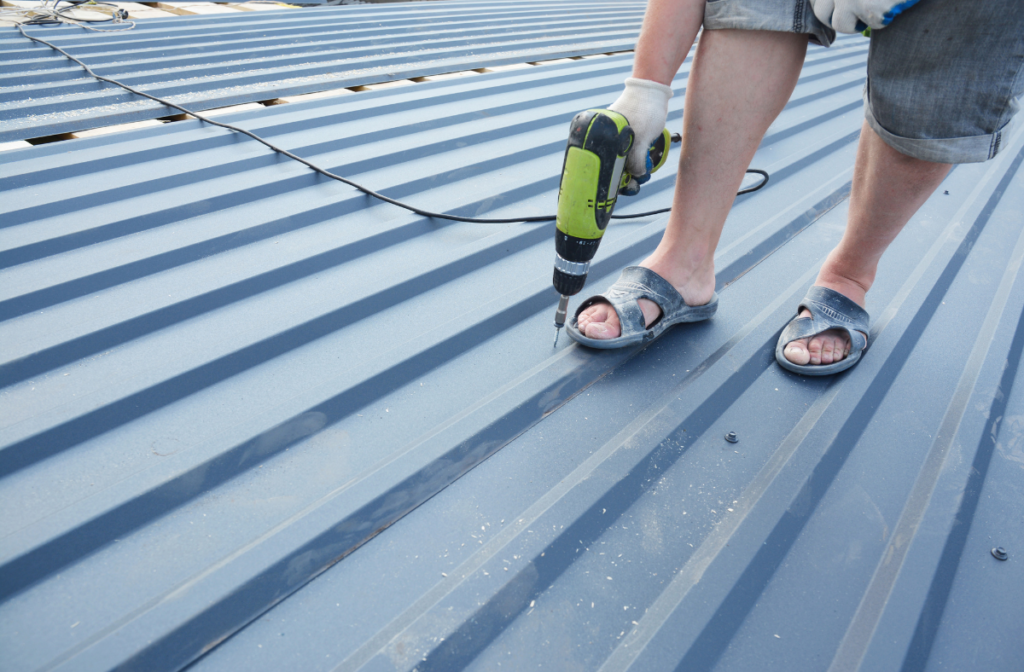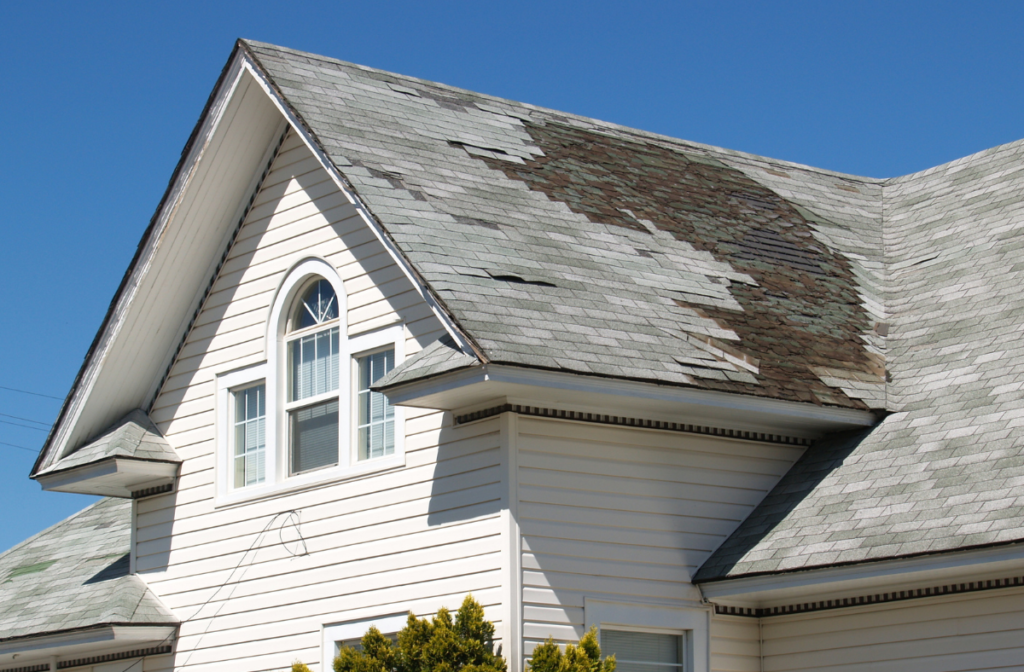When a powerful storm rolls through, the first thing most homeowners do is breathe a sigh of relief once it’s over. The skies clear, the rain stops, and at a glance, everything looks intact.
But not all storm damage is obvious, and what you can’t see can hurt you. Hidden issues like compromised roofing, small leaks, or structural damage often go unnoticed until they become much bigger (and more expensive) problems.
A full home inspection after a severe storm isn’t just a smart idea, it’s essential. A thorough inspection can uncover problems before they escalate and protect your home’s value.
In this article, we’ll walk through what homeowners should check after a storm, why professional inspections are so important, and how to take the right steps if damage is found.
Table of Contents
The Hidden Dangers of Storm Damage
Wind, hail, and debris can cause several different types of damage to your home. First, there’s obvious, visible damage. This includes broken windows, missing shingles, and damaged siding.
But there are also hidden dangers that may not be immediately apparent. These include:
- Roof damage: High winds can loosen or tear off shingles, leaving your roof vulnerable to leaks and further damage.
- Water damage: Even a small leak in your roof or walls can lead to significant water damage over time if left unchecked.
- Structural damage: Strong winds and heavy debris can compromise the structural integrity of your home, leading to potential collapse or other safety hazards.
- Mold growth: Moisture from storms can create the perfect breeding ground for mold, which can cause health issues and expensive remediation costs.
The possibility of hidden damage to your home makes it really important to inspect your home after a significant storm.
Do you have storm damage to your home? Give us a call for FREE inspection and consultation.
What Homeowners Should Inspect Themselves
There are a number of things you can inspect yourself following a storm.
Exterior
Take a walk around your house and look closely at the exterior of your home. Look for any visible damage to your roof, gutters, and siding. Inspect for loose or missing shingles, dents or cracks in the gutters, and any signs of water damage on the siding.
Also, look out for any fallen tree limbs against or on your roof. Depending on the size of the limb, it could cause significant tree damage to your roof.
Windows and Doors
Aside from the roof, it is important to check your windows and doors as well. Look for any cracks in the frames or glass. Also, pay attention to the seals, ensuring that none are broken and that there are no leaks.
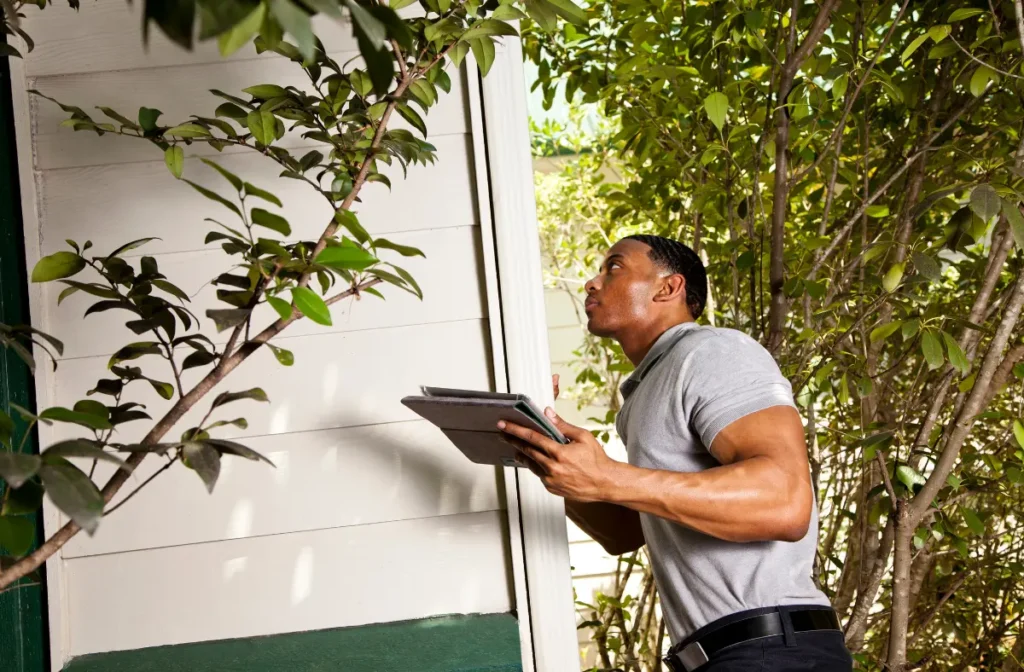
Attics and Ceilings
Go into your attic and check for any signs of water leaks or damage. This could be an indication of a roof leak and should be addressed immediately to prevent further damage. Also, take a look at your ceilings for any discoloration or sagging, which could also be a sign of water damage.
Basements and Crawlspaces
If your home has a basement or crawl space, be sure to check those areas as well. Look for any signs of water damage, mold growth, or pest infestation. These areas tend to have higher levels of moisture and are more susceptible to these types of issues. It’s important to address any problems found in these areas as they can lead to structural damage if left untreated.
HVAC and Vents
Finally, take the time to check any exterior HVAC or vents for storm damage. Make sure that nothing is blocked or broken. If you see any damage, be sure to have it repaired by a professional as soon as possible. Blocked vents can lead to carbon monoxide buildup and other dangerous situations.
The Importance Of A Professional Home Inspection
After a severe storm, you should have a professional come and perform a detailed home inspection. They have the training and the tools to spot issues that you may not be able to spot.
Things like roof damage, structural shifting, or compromised siding may not be obvious. For example, on your roof, shingles may look fine from the ground, but a professional inspector can get up close and spot any damage that needs to be addressed.
Or your siding, for example, may look intact, but an inspector may notice small cracks or gaps that could lead to bigger issues down the line. By having a professional inspection, you can catch and address these problems early on, preventing more extensive (and expensive) damage in the future.
M&M Roofing, Siding, and Windows has been performing FREE home inspections for more than 40 years. We’ll come to your house and assess every aspect of your home’s exterior. If we find any issues, we’ll provide you with a full write-up and recommended next steps.
If you have storm damage to your home, give us a call for a free inspection and estimate!
Prioritizing Repairs
When it comes to repairs, you may need to prioritize depending on how much damage there is and where it’s located.
All things equal, it makes the most sense to start with the roof. After all, it’s your roof that takes the brunt of most storms.
Severe storms can result in all sorts of roof damage, including things like missing shingles, flashing issues, hail bruising, etc. And while some of these things are obvious, signs of roof damage can often be missed and not be noticed until an interior leak appears.
Having a professional take a close look at your roof can save you significant money by finding problems before they escalate.
Insurance Considerations
Another reason it’s essential to have your home inspected after a severe storm is for insurance reasons. Most homeowners’ policies cover roof insurance, but they require extensive documentation of the damage. If you want insurance to pay for a new roof, documentation is essential.
A professional inspection report can provide the necessary evidence to support your insurance claim and ensure you receive proper compensation for repairs or replacement.
What’s more, many policies have time limits for filing insurance claims. So it’s crucial to have your home inspected promptly after a storm to avoid missing out on coverage for the damage.
What to Do If Damage Is Found
If damage is found, it’s important to find a trustworthy, reputable contractor to make all the repairs. Be sure to stay away from “storm chaser” contractors. They may offer quick, cheap repairs but often use subpar materials and cut corners, leaving you with shoddy work that may not hold up in the long term.
Look for a local contractor that has extensive experience in the area. Check their reviews and see what people say about their experience working with the contractor.
M&M Roofing, Siding, and Windows has more than 40 years of experience and has worked with thousands of homeowners to repair their homes. With more than 1,000 positive reviews, you can be sure you’re in good hands with us.
Final Thoughts
Severe storms can leave behind more than just fallen branches and puddles. They can cause serious damage that isn’t always visible to the untrained eye.
While a quick walk around your property might reveal some obvious issues, it’s the hidden damage that poses the greatest risk to your home and your wallet.
A full home inspection after a storm is one of the smartest steps a homeowner can take. It ensures that no problems are overlooked and gives you a clear picture of what, if anything, needs repair. Most importantly, having a professional inspect critical areas like your roof can prevent small issues from turning into major headaches down the road.
Don’t assume everything is fine just because it looks okay. After the skies clear, give us a call and schedule an inspection.
We’ll send one of our experts to your home to perform a thorough home inspection. Once they’re done, they’ll provide you with a thorough write-up and suggested next steps.
M&M Roofing, Siding, and Windows has been serving Texas homeowners for over 40 years. Call us or complete the request form to schedule a FREE consultation.
